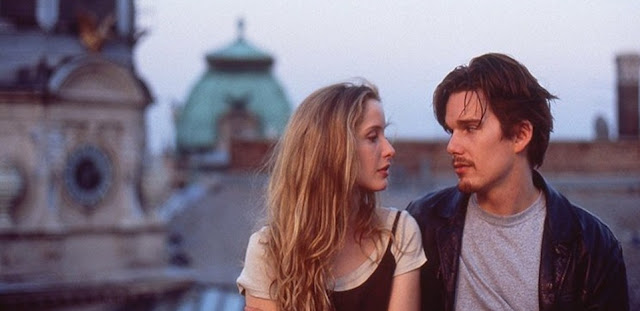The Mourning Castle
#thinkingOfAPlot
#fiction
Mourning Castle was a hub of learning for girls of all
region, religion, culture, caste and class. Ladies from around the world came
here to learn art, culture, music, instrument and other vocational courses.
Even royalties from different nations graced this humble institution with their
presence. Some learned the Japanese tea ceremony and calligraphy; some opted
for Indian garba dance and leaf painting- patta chitra; and some others learned
the various languages and dance forms from around the world. Every new art once
discovered was immediately included in the institution’s agenda. Other than this
it was a coveted place for its fun and frolic, secret beauty enhancing rituals
and for the most beautiful lady hosts.
Mourning Castle got its name from the waterfall nearby, the
Mourning Fall. After the demise of the good old king, the castle was converted
to an institution. An invitation was sent to the world’s eligible ladies to
learn and add to the knowledge of others. The day of joining, Ethnic Day was
celebrated. Each of them was asked to carry their culture and what they stand
for in their attire. One could see beautiful sarees, kimonos, Hanbok, western
wears etc.
I have spent more than three years here, learning all that I
could, all that was possible, until I became saturated. But I am not ready to
leave, as of yet no one studying here has any regrets, no one has any kind of dissatisfaction. We are seen as
the elite of the education masters, we lead lives no less than princesses,
people come from far off places to be hosted by us and to experience the talent
and creatives that we have to offer. But I harbor one small unfulfilled wish in
my heart, and perhaps a regret too.
It was summer, when one evening Lady Moraine called us girls
to the hall and asked us to prepare a cultural dance for a special guests. We
were baffled, we rarely performed dance and the guest had to be indeed special
and influential that too to see us dance. Otherwise it was the usual visit to
the art gallery, museum, tea ceremony and music show. Later we came to know
that it was a British Lord and his accomplice who was coming to stay in the guest
house for a week. And rumors said he was extremely godlike and handsome. We
were curious. I was curious.
Linking the post to #UBC , and #DailyChatter.

Linking the post to #UBC , and #DailyChatter.










Comments
Post a Comment